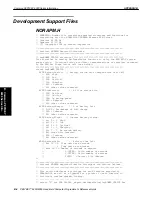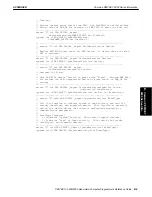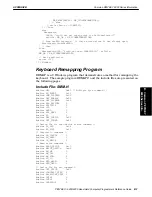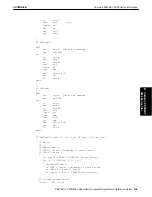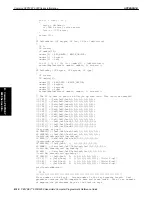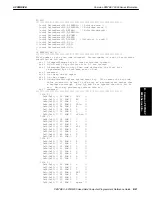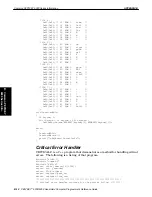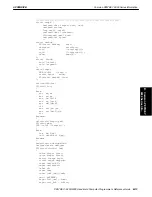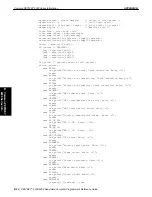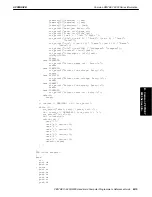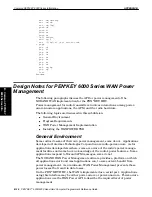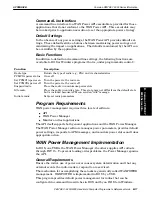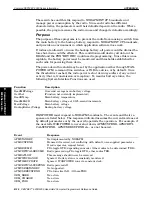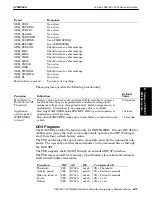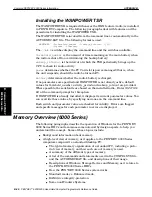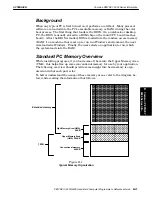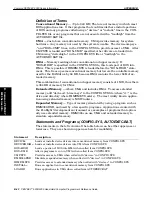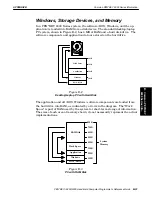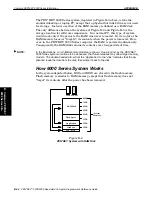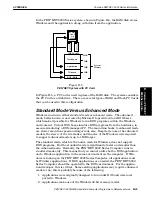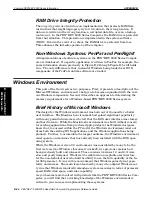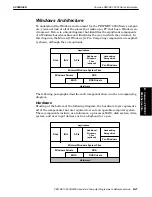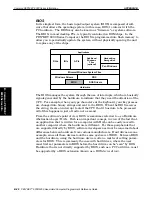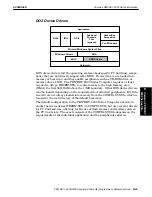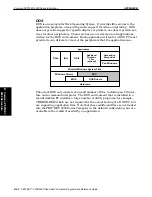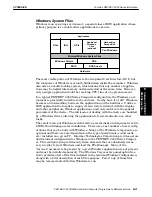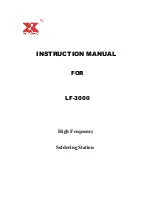
APPENDIX B
Common PEN*KEY 6000 Series Information
B-16 PEN*KEY
R
6200/6300 Hand-Held Computer Programmer’s Reference Guide
mov
dx,dataseg
mov
ds,dx
mov
dx,[bp]
push dx
push si
push ax
push di
call baderr_
add
sp,8
mov
–6[bp],al
;set return code
;
popa
pop
di
pop
si
pop
dx
pop
cx
pop
bx
pop
ax
pop
es
pop
ds
mov
sp,bp
pop
bp
iret
#endasm
}
Design Notes for PEN*KEY 6000 Series WAN Power
Management
The following paragraphs discuss the API for power management of the
NORAND WAN implementation for the PEN*KEY HHC.
Power management for radio transmitters involves interactions among powerĆ
aware/unaware applications, the APM, and the radio hardware.
The following topics are discussed in this subdivision.
"
General Environment
"
Program Requirements
"
WAN Power Management Implementation
"
Installing the WANPOWER TSR
General Environment
Some radios do some of their own power management, some do not. Applications
developed at Intermec Technologies Corporation are radioĆpowerĆaware. As for
applications developed elsewhere, some are aware of the radio's power manageĆ
ment facilities and some have no knowledge of the radio's power features. Some
applications respond to Norand APM messages, some do not.
The NORAND WAN Power Management software provides a platform on which
all applications work and most applications can, to some extent, benefit from
power management. As a minimum, WAN Power Management prevents those
power losses that result in data losses.
On the PEN*KEY HHC, the WAN is implemented as a serial port. Applications
using this interface may be either powerĆaware or powerĆunaware. PowerĆaware
applications use the WAN Power API to describe the required level of power
management.
B. Common PEN*KEY
6000 Series Info.

